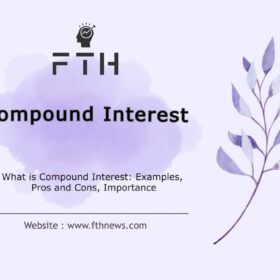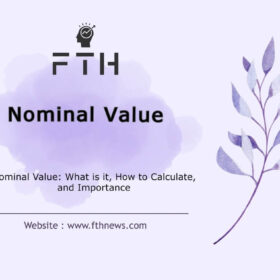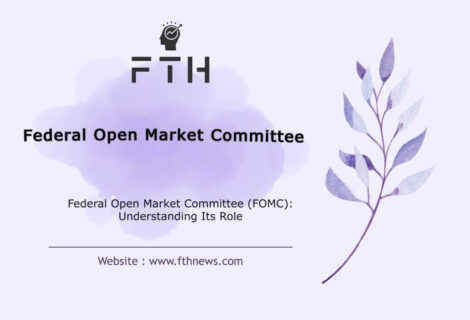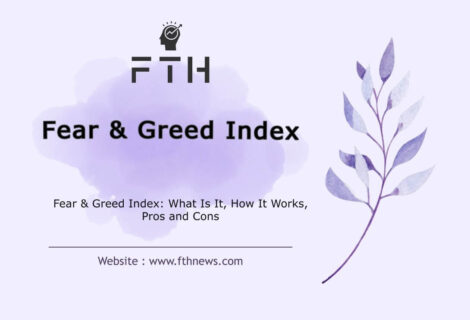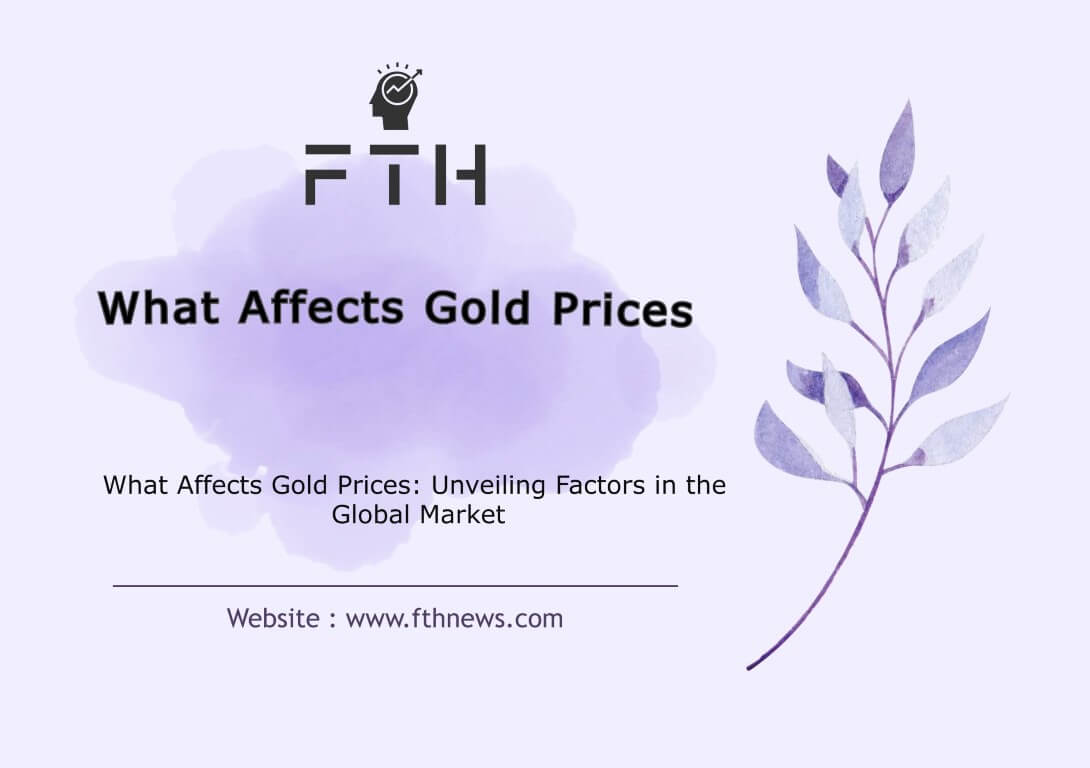
What Affects Gold Prices: Unveiling Factors in the Global Market
What affects gold prices? Gold, renowned as a symbol of wealth and a versatile metal with intrinsic value, plays a pivotal role in both investment and industrial domains. Investors and industry stakeholders closely monitor gold prices, recognizing the critical importance of understanding the factors that influence its value. In this comprehensive guide, we embark on an exploration of the intricacies surrounding what affects gold prices and unravel the mechanisms that determine these values.
Factors Affecting Gold Prices:
In the dynamic world of gold markets, understanding the intricate interplay between supply and demand is crucial for investors and industry stakeholders. Let’s delve into the key factors shaping the gold landscape and understanding What Affects Gold Prices?
Gold Supply:
Mined Gold:
The gold supply chain begins with extraction from mines, where factors such as location, extraction techniques, and reserve quality influence the overall availability.
The quality of reserves and the efficiency of extraction techniques contribute to determining the value of mined gold.
Central Bank Reserves:
Central banks, as custodians of economic stability, hold significant gold reserves.
These reserves become particularly influential during economic uncertainties, impacting the overall supply and subsequent price fluctuations.
Recycled Gold:
The recycling of gold, sourced from various channels such as jewelry and industrial processes, also contributes to the overall supply.
Understanding the dynamics of recycled gold, including its volume and sources, is crucial for gauging the market’s total available gold.
Extraction Costs:
The cost associated with extracting gold plays a pivotal role in determining its market value.
Fluctuations in extraction costs, influenced by technological advancements and geopolitical factors, directly impact the pricing dynamics.
Gold Demand:
Physical Demand:
Physical demand encompasses a broad spectrum, including jewelry, industrial applications, and technology.
Understanding the nuanced variations in physical demand is essential for gauging the overall market sentiment.
Safe-Haven Characteristics:
Gold’s historical role as a safe-haven asset intensifies its demand during times of market volatility and uncertainty.
Investors turn to gold to shield their portfolios from economic instability, contributing to increased demand.
Inflation Expectations:
Inflationary expectations play a crucial role in driving demand for gold.
Investors often turn to gold as a hedge against inflation, making it imperative to monitor global inflation trends.
Currency Influence:
The value of the dollar against other currencies directly impacts gold demand.
As a global commodity, gold prices are influenced by currency fluctuations, making it essential to consider the dollar’s strength or weakness.
In this intricate interplay between supply and demand, factors such as extraction costs, central bank actions, and global economic conditions become instrumental in shaping gold prices. A comprehensive understanding of these dynamics provides investors and industry stakeholders with valuable insights into the ever-evolving world of gold markets.
Factors Affecting Gold Supply:
In the intricate dance of gold supply, let’s continue our exploration, shedding light on the factors that shape the availability of this precious metal.
Gold Production:
Several countries play a pivotal role in the global gold production landscape. Notable among them are China, the USA, South Africa, Peru, Russia, Canada, and Australia. The gold extracted from mines in these regions, valued based on quality and extraction techniques, constitutes a significant portion of the overall supply. Understanding the economic and geopolitical dynamics of these major producers provides insights into the global gold market.
Central Bank Reserves:
Central banks strategically hold gold reserves as a hedge against economic crises and inflation. These reserves serve as a financial safety net during turbulent times, influencing the overall gold supply. The correlation between central bank actions and gold prices is intricate; an increase in central bank gold reserves can potentially drive up gold prices as it signals heightened concerns about economic stability.
Mining Industry Challenges:
The mining industry faces multifaceted challenges that impact the supply of gold. One critical challenge is the relentless increase in extraction costs. Factors such as rising energy prices, labor costs, and environmental regulations contribute to the upward trajectory of extraction expenses. Additionally, the industry encounters difficulties in finding new gold resources, further complicating the supply dynamics. This confluence of challenges has led to a gradual decrease in the overall gold supply over the years.
As we navigate the complex landscape of gold supply, the production capacities of major countries, the strategic decisions of central banks, and the persistent challenges within the mining industry emerge as key determinants. A nuanced understanding of these factors is essential for stakeholders seeking to comprehend the intricacies of gold supply and its implications on the broader economic landscape.
Factors Affecting Gold Demand:
Amidst the ebb and flow of the gold market, understanding the multifaceted factors influencing demand is key for stakeholders seeking to navigate this intricate landscape.
Safe Haven Demand:
Gold’s unique attribute as a safe-haven asset comes to the forefront during times of market uncertainties. Investors flock to gold, seeking refuge from economic volatility and uncertainty. The safe-haven demand for gold is a testament to its enduring role as a reliable store of value, providing stability when traditional financial markets experience turbulence.
Jewelry Demand:
A substantial portion of gold demand is attributed to its use in jewelry. Across various cultures and societies, gold has been cherished for its aesthetic appeal and symbolic significance. However, it’s essential to note that the dynamics of jewelry demand are sensitive to changes in gold prices. As gold prices rise, there is a potential negative impact on jewelry demand, as consumers may be deterred by higher costs. Understanding these intricacies is vital for stakeholders in the gold market, from manufacturers to investors.
Global Crisis Impact:
Gold’s appeal as a safe haven is accentuated during global crises. In periods of economic downturns, geopolitical tensions, or financial instability, gold-based investment demand tends to surge. Investors turn to gold as a reliable asset that can retain its value and act as a hedge against the uncertainties plaguing traditional financial instruments. The impact of global crises on gold demand underscores its role not just as a precious metal but as a strategic asset in times of adversity.
As we navigate the dynamic landscape of gold demand, recognizing the interplay between safe-haven dynamics, jewelry preferences, and responses to global crises is essential. These factors collectively contribute to the nuanced patterns observed in gold demand, shaping the trajectory of this precious metal within the broader economic context.
How Gold Prices Are Determined:
Delving into the intricate web of factors that determine gold prices provides valuable insights for investors and enthusiasts alike.
Main Factors:
Global inflation, liquidity, geopolitical risks, and real interest rates stand as the cornerstones influencing gold prices. Recent market fluctuations unveil the profound impact of key players such as the Federal Reserve, the US dollar, stock markets, 10-year treasury bond rates, physical gold demand, and geopolitical risks. These factors collectively shape the delicate dance of gold prices in the global market.
Understanding the main factors is akin to deciphering the code that guides gold prices through the ever-shifting currents of the financial landscape.
Inflation and Liquidity:
In environments marred by global inflation and a surge in liquidity, gold prices tend to ascend. As a traditional hedge against the eroding effects of inflation, gold becomes a refuge for investors seeking to safeguard their wealth. The ebb and flow of liquidity further contribute to the upward trajectory of gold prices, marking it as a dynamic asset responsive to prevailing economic conditions.
The synchronized dance of gold prices with inflation and liquidity creates a delicate balance in the financial ecosystem.
Real Interest Rates:
The cost of holding gold is intricately linked to prevailing interest rates. In times of lower interest rates, the opportunity cost of holding gold decreases, leading to an upswing in gold demand. This relationship underscores the importance of monitoring real interest rates as a key indicator of gold price movements.
As interest rates fluctuate, so does the allure of gold, shaping its role in investment portfolios.
Geopolitical Risks:
In the realm of gold prices, geopolitical risks cast a significant shadow. Heightened geopolitical tensions often translate into increased demand for gold. Investors, seeking a haven from the uncertainties of global politics, turn to gold as a reliable store of value. The intertwining of gold prices with geopolitical dynamics adds a layer of complexity to the market’s reactions.
Geopolitical risks serve as a compass guiding investors toward the safe harbor of gold during turbulent global events.
As we unravel the influencing factors, it becomes clear that the determination of gold prices is a nuanced process, influenced by a delicate interplay of economic, political, and global dynamics. In comprehending these factors, investors can navigate the ever-changing landscape of gold markets with a keener understanding of the forces at play.
How Gold Rises and Falls:
Understanding the forces that propel gold to ascend or decline is crucial for investors seeking to navigate the volatile terrain of the gold market.
Gold Rising Factors:
- Low Interest Rates:
- Gold prices often soar in environments characterized by low interest rates. As the opportunity cost of holding gold diminishes, investors are drawn to the precious metal as a store of value.
- Increasing Inflation:
- Gold has long served as a hedge against inflation. In periods of rising inflation, the appeal of gold intensifies, prompting investors to seek refuge in its intrinsic value.
- Geopolitical Risks:
- Heightened geopolitical tensions contribute to an increased demand for gold. The metal’s status as a safe-haven asset becomes particularly pronounced during times of global uncertainty.
- Global Liquidity:
- Gold prices tend to rise with increasing liquidity in the global financial system. A surplus of money supply against the backdrop of limited gold resources propels gold prices upwards.
- Jewelry Demand:
- The demand for gold in the jewelry sector significantly influences its prices. Rising jewelry demand can act as a catalyst, driving gold prices higher.
- Economic Crisis Expectations:
- The anticipation of an economic crisis prompts investors to turn to gold as a haven, leading to an uptick in demand and subsequently higher prices.
- Weakening Dollar:
- A decline in the value of the dollar against other currencies tends to boost gold prices. Gold’s inverse relationship with the dollar makes it an attractive option for global investors.
Gold Falling Factors:
- Rising Interest Rates:
- Gold prices often decline in environments characterized by rising interest rates. As competing assets offer higher returns, the relative appeal of gold diminishes.
- Reduced Demand for Gold Jewelry:
- Changes in consumer preferences or economic conditions impacting the demand for gold jewelry can contribute to a decline in overall gold prices.
- Strengthening Dollar:
- A strengthening dollar exerts downward pressure on gold prices. Investors may shift their focus to currencies offering higher returns, leading to reduced demand for gold.
- Shift in Investor Focus towards the Stock Market:
- During periods of robust stock market performance, investors may divert their attention and capital away from gold, causing prices to decline.
As we navigate the ebb and flow of gold prices, recognizing the intricate dance between these rising and falling factors provides investors with a nuanced understanding of the market dynamics.
Conclusion What Affects Gold Prices
Understanding the What Affects Gold Prices is essential for investors and industry players alike. From the dynamics of supply and demand to the impact of geopolitical events, What Affects Gold Prices are influenced by a myriad of factors. By staying informed about these variables, individuals can make more informed decisions when it comes to navigating the dynamic world of gold investments.
FAQ
Supply and demand dynamics, economic indicators, and geopolitical events significantly influence gold prices.
Factors like economic stability, reduced demand, or strengthening of the US dollar can lead to a drop in gold prices.
Gold prices respond to various factors, including inflation, market demand, geopolitical risks, and currency fluctuations.
Rising interest rates can make alternative investments more attractive, leading to a decrease in demand for non-interest-bearing assets like gold.



